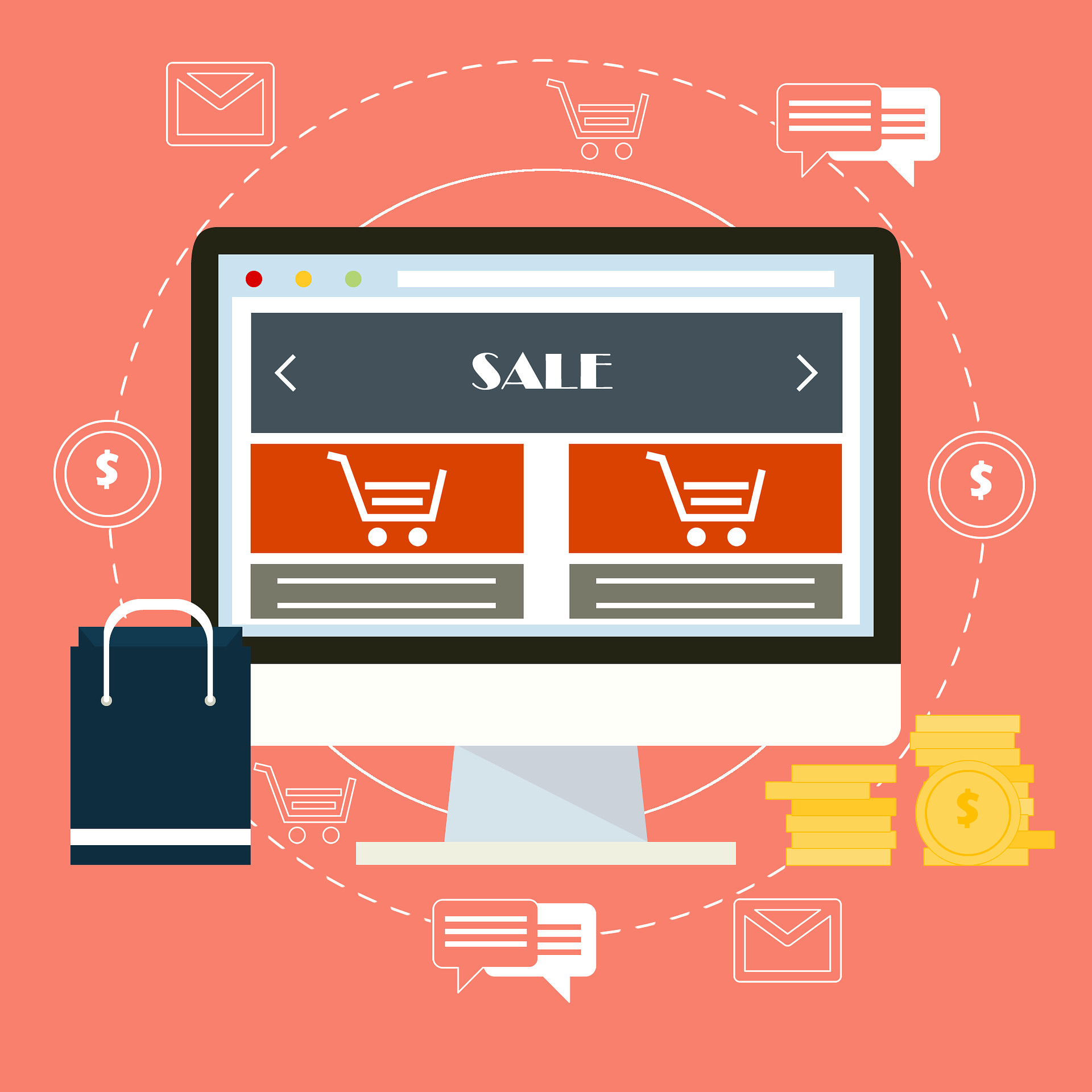Selling your products online used to be enough. But now, with rapid advances happening in the eCommerce software space and constant evolution of consumer behavior, many businesses are struggling to keep up.
Over time, there have been three distinct iterations of eCommerce platforms: the on-site monoliths, cloud-based systems, and now, what’s known as Composable Commerce.
Only Composable Commerce platforms enable your brand to put the customer’s experience first. They do this by providing flexibility, the ability to customize, and the opportunity to integrate any and every tool needed for optimal performance.
According to Gartner, the Composable Commerce approach is so powerful that companies who have adopted the composable strategy will outpace their competitors by 80% in terms of the implementation of new features
If you’re thinking about re-platforming your business, there is no question you should be focused on a Composable Commerce platform. Here are three reasons why a purpose-built platform is the next step for your growing eCommerce enterprise.
1) Customer Experience is the Priority
According to a study by Accenture, businesses that focus on customer experience will outperform their competitors by 6X in terms of profitability. This has always been true, but it’s been limited by platform capabilities and therefore, the ROI of customer experience-driven projects.
However, with Composable Commerce platforms, the ability to customize has been dramatically increased. Headless Commerce gets the most attention right now, but while this does a great job as a starting point, it sells short what a fully composable platform can do to improve customer experience.
The API-first composable approach means that getting data in and out of the platform or integrations across Headless CMS, CRMs, Order Management, and Payment Gateways (or anything else the brand can dream up) is so much easier.
2) Microservices Continue to Grow
Looking back at the large monolithic stacks that launched eCommerce, the world of software wasn’t as focused on best-in-breed unique capabilities (ex. Business Package Capabilities or Microservices). The platforms during that initial phase needed to provide everything within that isolated stack.
However, the software industry has seen exponential growth, and one key area has been in microservices. In fact, experts predict by 2022, 90 percent of all apps will be developed using microservices architectures. Research and Markets forecast the global cloud microservices market will grow at a rate of 22.5 percent. And the U.S. market specifically is projected to maintain a growth rate of 27.4 percent.
This kind of immense growth enables brands to create a more customizable experience that both delivers what the business needs, while simultaneously driving a great customer experience. As a result, the average number of apps businesses use has increased in each of the last four years as brands begin to recognize the power of these connected services.
Image via chiefmartec
As you look toward a truly limitless future for your own business, selecting a platform that empowers you with access to critical microservices will likely be a defining choice. As the demand for increased nuance, speed, and personalization grows, connected services will continue to be essential for competitive customer experience.
3) The Rise of Social Commerce and Marketplaces
Customers are no longer just transacting via eCommerce storefronts. They are now making purchases directly from social media platforms, as well as marketplaces. With social media continuing to evolve, as well, it is forecasted that in 2021, the global social commerce market will increase by about 34%.
That’s why you saw Instagram launch their shopping tab last July, and Pinterest Commerce has really accelerated with the launch of their Shop features last April. These examples, amongst many others, illustrate how consumer behavior and platform features are rapidly shifting.
The other divergence away from a brand’s website are marketplaces. These include not just Amazon, but Target, Walmart, Wish, etc. In fact, more than half of the total marketplaces have been launched within the last 7 years, which really showcases the growth in this space. It’s a trend that will continue as brands try to meet expectations and reduce friction.
Consumers now have more choices than ever. However, this creates complexities for brands. And the monolithic eCommerce platforms of yesteryear hinder the ability to get products listed across social media platforms and marketplaces.
There’s no question; it takes an API-first approach to scale your brand across these sites. It’s a critical area for growth, and there’s no need to miss the opportunity or over complicate it. Though it may feel strange or even a bit disconcerting to move away from the platform that got you here, it’s time to embrace the possibilities.
These trends are what make digital such a fun place to be. There is constant change and evolution. And while we’re still in the early days, it’s clear API-first composable platforms have arrived and are framing up to be the solution that will help future-proof your business. Ready to scale for whatever happens next? We are.
When it comes to purpose-built, there’s no better example than ZiftrShop. Built from the ground up to deliver first-class customer experience, our truly limitless platform is leading the way in Composable Commerce and is unparalleled by any competitor in the field.
Your business deserves a secure, flexible eCommerce platform ready to grow as fast as your vision. ZiftrShop can make it happen. Connect with one of our experts today!
